
4 Skin Signals That May Reveal Kid.ney Can.cer
4 Skin Signals That May Reveal Kid.ney Can.cer – Doctor Warns: “Don’t Just Rely on Urine Tests”
Abnormalities in urine are among the most common signs of kidney disease. However, advanced or even early-stage kidney cancer can also send subtle warnings through the skin — clues that are often overlooked.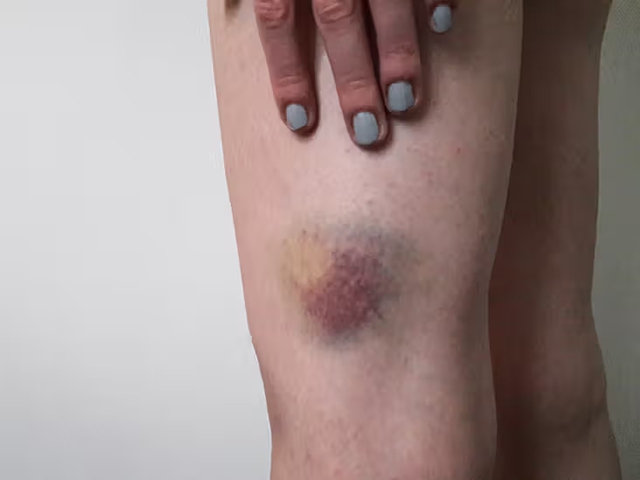
When people think of kidney cancer, they typically associate it with blood in the urine or lower back pain. But doctors caution that early kidney cancer can disguise itself through seemingly harmless changes on the skin.
Urologist Dr. Lu Jinheng (Taiwan, China) emphasizes:
“The skin is the largest organ in the body and often reflects the health of internal organs. Focusing only on urine tests while ignoring skin signals may lead to delayed diagnosis.”
Below are 4 unusual skin changes that may signal kidney cancer or severe kidney disease:
1. Persistent, Unexplained Itching
Itching is a common symptom and often linked to allergies or skin conditions. However, if you experience persistent, full-body itching that does not respond to topical creams and has no clear cause (such as rash or hives), it could be a sign of kidney failure.
When kidney function declines due to a tumor pressing on or invading the organ, toxins — particularly urea and phosphate — accumulate in the blood instead of being filtered out. These toxins irritate nerve endings beneath the skin, triggering intense itching.
This symptom often appears in patients with advanced kidney cancer or end-stage renal failure.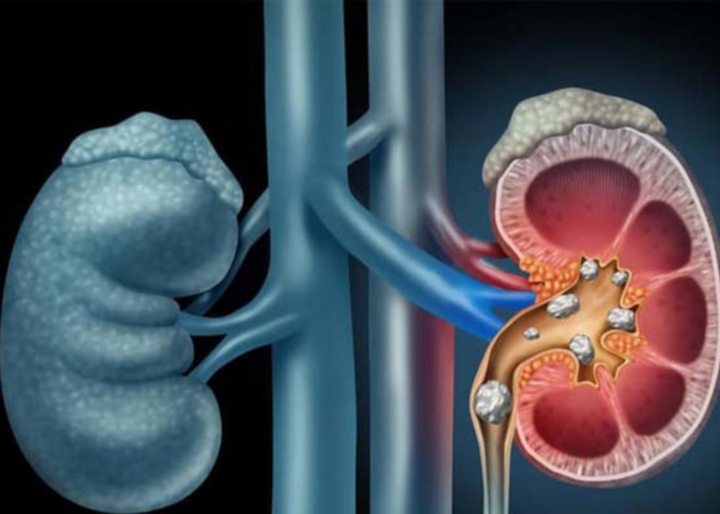
2. Lumps or Nodules Under the Skin
In rare but serious cases, kidney cancer can metastasize (spread) to the skin — usually an indication of advanced disease.
Such skin metastases often appear as firm, painless nodules or lumps beneath the skin. They may be red, purple, or skin-colored, and can appear anywhere on the body, though they are most common on the abdomen, chest, or back.
If you notice any new, fast-growing lumps that are not typical pimples or cysts, you should seek medical evaluation immediately to rule out cancer metastasis.
3. Unusual Bruising or Bleeding Under the Skin
Kidney cancer can sometimes cause changes in the body’s blood clotting system, leading to easy bruising — even after minor bumps — or tiny red or purple spots (petechiae) on the skin.
This can happen because the tumor releases substances that disrupt platelet function or interfere with clotting factors. Additionally, some kidney tumors overproduce erythropoietin (EPO), a hormone that increases red blood cell count (polycythemia). This thickens the blood, affects circulation, and can also manifest as skin abnormalities.
Frequent or unexplained bruising is a warning sign not only for kidney cancer but also for other serious blood-related conditions.
4. Yellow-Gray or Ashen Skin Tone
A yellowish skin tone is usually associated with liver problems, but kidney cancer can also cause subtle color changes.
As kidney cancer progresses, it can disrupt red blood cell production, leading to anemia. The kidneys produce erythropoietin (EPO), a hormone that stimulates bone marrow to produce red blood cells. When a tumor interferes with this process, the body’s red blood cell count drops, resulting in chronic anemia.
Over time, this leads to pale, yellow-gray, or ashen skin, especially on the face — a subtle yet noticeable shift from normal complexion.
In summary:
While urine changes are key indicators of kidney problems, your skin can also reveal early warning signs of kidney cancer or severe renal disease. Persistent itching, unexplained lumps, abnormal bruising, or a dull, yellowish-gray complexion should never be ignored.
Early detection and medical consultation can make a life-saving difference.
News in the same category


Never Reheat These 8 Foods – Doctors Warn of Unforeseen Health Risks!

The benefits of taking a warm bath before bed

The ‘healthy’ drink that secretly raises your diabet.es ris.k

4 purple superfoods that fight aging and prevent can.cer

How to Eat Yogurt the Right Way for Maximum Health Benefits

Pine Cone Syrup: A Simple Beginner’s Guide to Its Benefits, Recipe, and Everyday Uses

Pokeweed (Phytolacca americana): The Beautiful but Dan.gerous Plant You Should Avoid
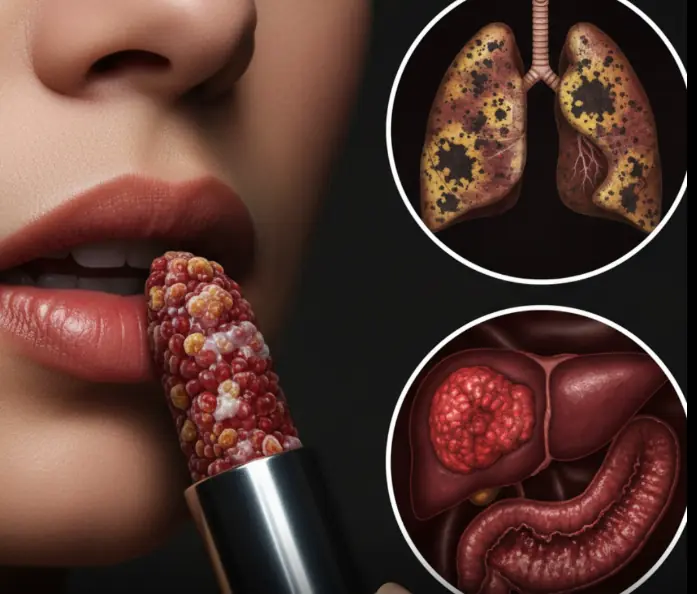
The Hidden Dan.ger in Your Lipstick: What You Need to Know About Cadmium Contamination

She Ignored These 5 Symptoms — Now She’s Battling Stage 4 Colon Can.cer

Don’t Throw Them Away - The Incredible Health Perks of Papaya Seeds You Need to Know
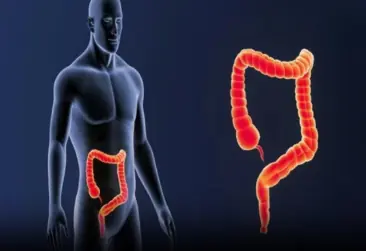
5 Signs of Appendicitis You Should Not Ignore

What You Need to Know About Vitamins and Supplements for Heart Health
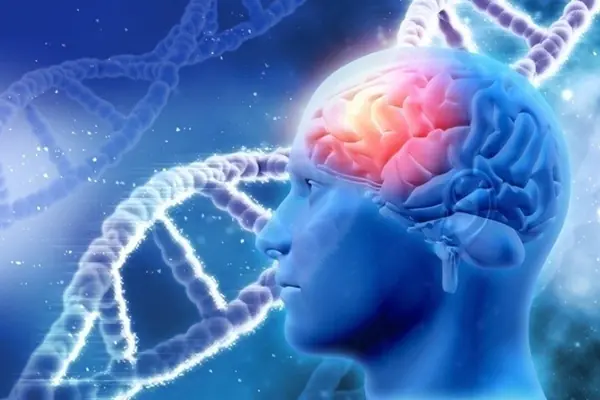
Nothing ki:lls faster than your own mind. Don’t stress about things that are not under your control
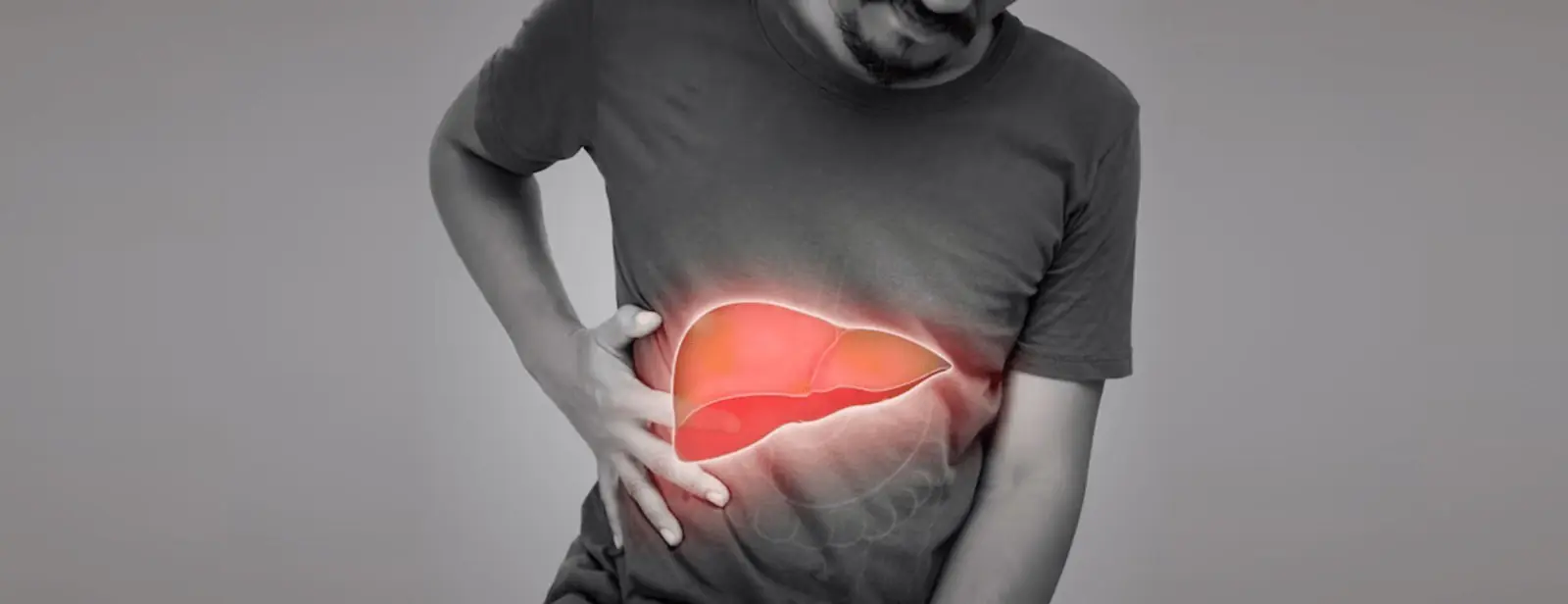
5 Common Causes That Can Increase Your Risk of Liv.er Disease
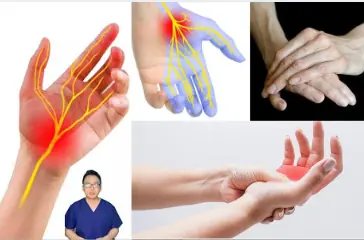
4 Early Warning Signs of a Stroke That Occur 15 Minutes Before It Happens

Dentist-Approved: The Right Way to Eat Fruit to Prevent Cavities
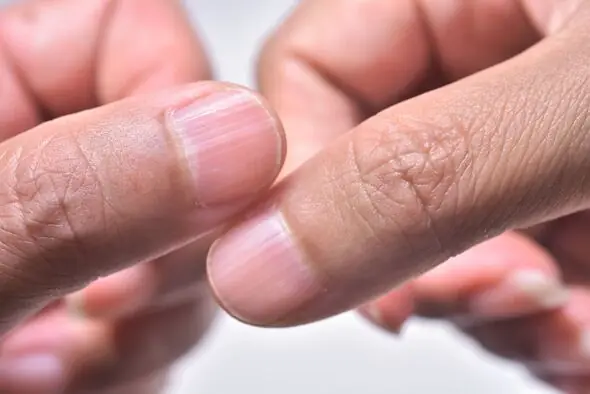
Observe Your Nails to Detect Health Issues

5 Morning Habits That Silently Dam.age Your Kid.neys
News Post

The “Golden Elixir” Most People Forget: Just 1 Spoon a Day Can Keep Illnesses Away!

Never Reheat These 8 Foods – Doctors Warn of Unforeseen Health Risks!

My dying daughter asked the terrifying biker to be her dad for one day

The benefits of taking a warm bath before bed

Onion hair oil: The natural secret to stronger, thicker, and healthier hair

What really happens when you eat eggs every day

The ‘healthy’ drink that secretly raises your diabet.es ris.k

4 purple superfoods that fight aging and prevent can.cer

Want to wake up early? sleep experts reveal 9 surprisingly easy steps to become a morning person

How proper breathing can instantly reduce stre.ss

How much water should you drink to protect your kid.neys and control uric ac.id?

The best times to eat sweet potatoes — and what your body gains from each

Natural foods that cleanse your liv.er and kid.neys (and help prevent kid.ney stones)

How to Eat Yogurt the Right Way for Maximum Health Benefits

Pine Cone Syrup: A Simple Beginner’s Guide to Its Benefits, Recipe, and Everyday Uses

Pokeweed (Phytolacca americana): The Beautiful but Dan.gerous Plant You Should Avoid

The Hidden Dan.ger in Your Lipstick: What You Need to Know About Cadmium Contamination

She Ignored These 5 Symptoms — Now She’s Battling Stage 4 Colon Can.cer
